What is Endophthalmitis?
Endophthalmitis refers to the severe inflammation of the eye’s internal structures, typically resulting from an infection. The inflammation can occur in the vitreous humor, the clear gel-like substance that fills the eye, or in the aqueous humor, the fluid that nourishes the eye. It is most commonly caused by bacteria or fungi but can also be related to trauma or eye surgeries.
This condition is classified as a medical emergency. If you suspect you have endophthalmitis, it’s crucial to seek treatment immediately to prevent vision loss.
Symptoms of Endophthalmitis
The symptoms of endophthalmitis can develop quickly and may vary from mild to severe. Key symptoms include:
- Sudden Vision Loss: This may range from blurred vision to complete loss of sight in the affected eye.
- Eye Pain: Often deep, intense, and difficult to alleviate with over-the-counter medication.
- Redness and Swelling: The affected eye may appear inflamed, red, or swollen.
- Increased Sensitivity to Light (Photophobia): You may experience discomfort when exposed to bright lights.
- Floaters: Dark spots or lines may appear and move across your vision.
If you experience any of these symptoms, it is essential to visit an eye care professional immediately. The sooner endophthalmitis is detected, the more likely you are to avoid permanent damage to your eyesight.
Causes of Endophthalmitis
Endophthalmitis often arises as a complication of eye surgeries or injuries. The infection usually occurs when harmful microorganisms, such as bacteria or fungi, invade the interior of the eye. Common causes include:
- Cataract Surgery: Endophthalmitis is one of the most common post-surgical complications, particularly when the surgical wound becomes infected.
- Intravitreal Injections: These injections, commonly used to treat various eye diseases, can introduce infection if not administered properly.
- Traumatic Eye Injuries: Penetrating injuries, foreign bodies, or accidents that disrupt the integrity of the eye may allow pathogens to enter.
- Bacterial or Fungal Infections: These infections can occur spontaneously or develop as a secondary result of systemic infections in other parts of the body.
Understanding the risk factors associated with endophthalmitis can help you take necessary precautions, particularly if you are undergoing surgery or treatment for other eye conditions.
Diagnosis of Endophthalmitis
To diagnose endophthalmitis, your eye care provider will conduct a comprehensive eye examination, which may include the following tests:
- Visual Acuity Test: This test measures the clarity and sharpness of your vision.
- Slit Lamp Examination: A high-powered microscope used to examine the front and back structures of your eye in detail.
- Ocular Ultrasound: A non-invasive imaging test that helps evaluate the presence of inflammation and other potential complications inside the eye.
In some cases, additional tests may be needed to identify the specific type of infection and determine the most effective treatment plan.
Treatment for Endophthalmitis
Prompt treatment is crucial to prevent irreversible damage. Depending on the severity of the condition, the following treatment options may be considered:
- Intravitreal Antibiotics or Antifungals: These are injected directly into the eye to target and treat the infection. This is the most common treatment for bacterial or fungal endophthalmitis.
- Vitrectomy: This surgical procedure involves removing the vitreous humor to clear out any infected tissue, debris, or pus. This helps alleviate symptoms and reduce the risk of further complications.
- Systemic Antibiotics or Antifungals: If the infection is widespread or affecting other parts of the body, systemic antibiotics or antifungals may be required to combat the infection.
Each case of endophthalmitis is unique, and your eye care provider will recommend a personalized treatment plan based on your specific needs and condition.
Prognosis of Endophthalmitis
The prognosis for endophthalmitis depends on several factors, such as how quickly treatment begins, the extent of the infection, and your overall health.
- Timely Treatment: If treated promptly, many patients recover with preserved vision.
- Severe Cases: In more advanced stages, even with treatment, some individuals may experience permanent vision loss or require further surgical intervention.
- Eye Loss: In rare and severe cases, the infection may lead to the loss of the eye.
It’s important to follow your doctor’s instructions and attend all follow-up appointments to ensure the best possible outcome.
Preventing Endophthalmitis
While not all cases of endophthalmitis can be prevented, there are a few steps you can take to reduce your risk:
- Maintain Strict Sterility: Ensure that all eye surgeries and medical procedures are performed in a sterile environment.
- Use Prophylactic Antibiotics: Your doctor may recommend antibiotics before or after surgery to lower the risk of infection.
- Promptly Treat Eye Injuries: If you sustain an eye injury, seek immediate medical care to prevent infection.
Conclusion
Endophthalmitis is a serious condition that can threaten your vision, but with early detection and prompt treatment, it is possible to preserve your eyesight. At Dr. Harsh Inder Retina Center, we specialize in the diagnosis and treatment of endophthalmitis, offering personalized care to meet your unique needs. If you experience any symptoms suggestive of endophthalmitis, do not hesitate to contact us for expert consultation and care.
Your vision is invaluable, and we are here to protect it.
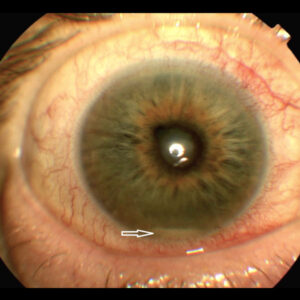
What we Serve
Our Services

Surgical Management Services
Our Surgical Management Services cover a spectrum of critical eye procedures, including retinal detachment, vitreous hemorrhage, vitreomacular traction, nucleus drop + IOL drop, endophthalmitis, and trauma interventions. Led by Dr. Harsh Inder Singh, our highly skilled team is dedicated to providing expert surgical care for various eye conditions. We combine advanced surgical techniques with a patient-centric approach to ensure optimal outcomes and patient satisfaction.
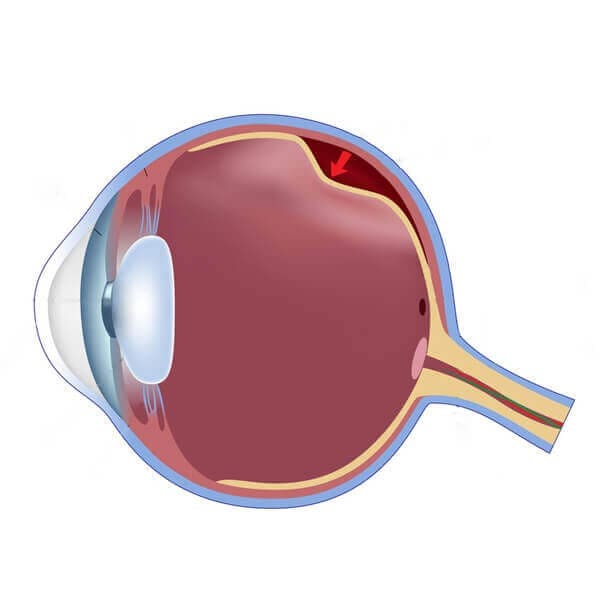
Retinal Detachment
Retinal detachment is a serious eye emergency that requires prompt surgical intervention. Our experienced surgeons specialize in retinal detachment repair, restoring vision and preventing permanent vision loss. Learn more about our expertise in retinal detachment surgery.
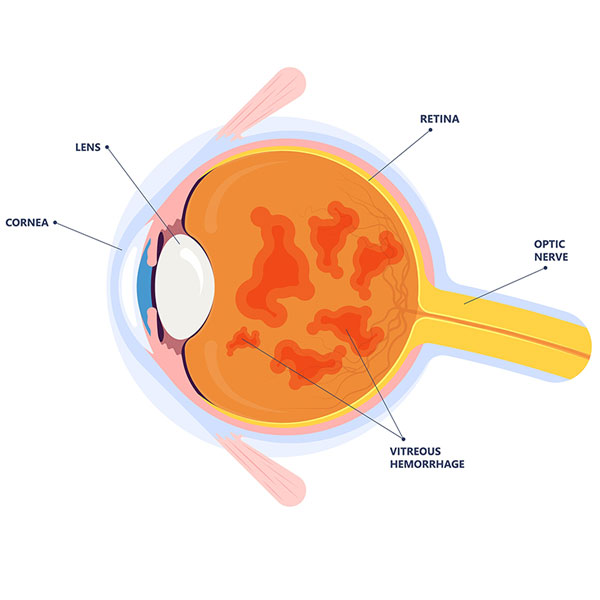
Vitreous Hemorrhage (Bleeding In Eye)
Vitreous hemorrhage refers to bleeding into the vitreous humor, the gel-like substance inside the eye. Our skilled team provides surgical management for vitreous hemorrhage, addressing the underlying cause and restoring visual clarity.
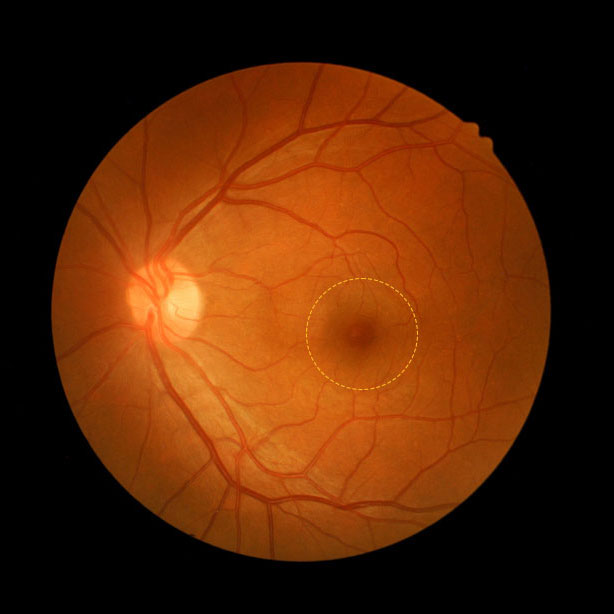
Vitreomacular Traction, Macular Hole, ERM
Vitreomacular traction, macular hole, and epiretinal membrane (ERM) are conditions affecting the macula, the central part of the retina responsible for sharp, central vision. Our surgeons specialize in delicate procedures to address these conditions
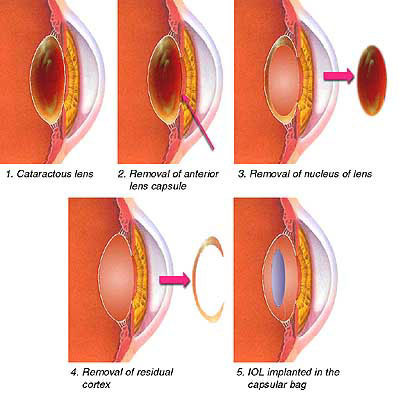
Nucleus drop + IOL drop
Nucleus drop and intraocular lens (IOL) drop are complications that can occur during cataract surgery. Our surgical team is skilled in managing these complications swiftly and effectively to ensure optimal outcomes for our patients.
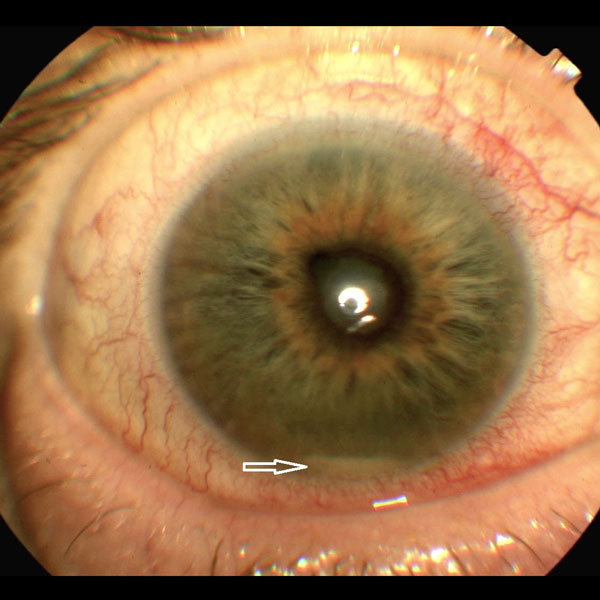
Endophthalmitis
Endophthalmitis is a severe eye infection that can result in vision loss if not promptly treated. Our specialists are experienced in the diagnosis and surgical management of endophthalmitis, providing timely intervention to preserve vision.

Trauma
Eye trauma requires immediate medical attention to prevent permanent damage and vision loss. Our team is equipped to handle various types of ocular trauma, providing comprehensive care to restore eye health and function.
